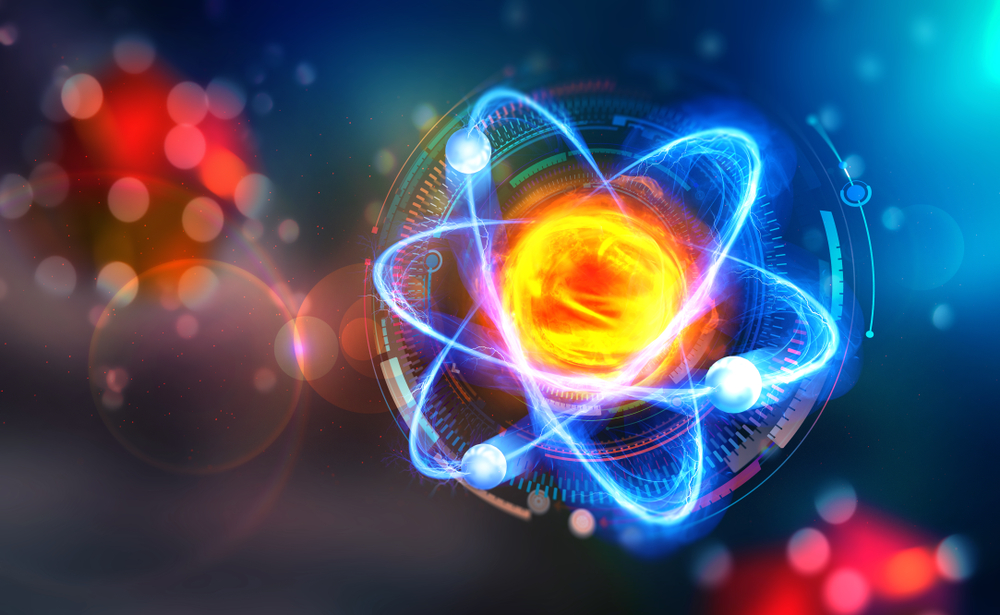Reliable, scalable, safe energy
Nuclear science and technology are key to solving many of the world’s crises and reaching lasting peace, but financial investment is required. It is here that the G7 can help. Interview with Rafael Mariano Grossi, director-general, International Atomic Energy Agency
Despite global concerns about energy security and climate change, are we seeing a nuclear renaissance?
I’m not sure I would call it a renaissance because nuclear has been here for more than half a century. It provides more than 40% of the G7’s low-carbon energy, and a quarter of the world’s. It’s a reawakening, perhaps. Governments and the public realise we need all options and nuclear energy, compared to other choices, is a reliable, scalable, safe way to improve energy security and reduce carbon emissions. But nuclear energy capacity will need to more than double by 2050 to meet our global climate goals. That means extending the lives of current nuclear power plants and building many more. Less nuclear means more coal.
What are the major risks today?
The world’s 400-plus nuclear power plants had high degrees of safety during the pandemic, which stress-tested vital operations, including supply chains and staff availability.
Today, we cannot talk about nuclear safety without talking about the war in Ukraine – the first military conflict being fought around the facilities of a major nuclear power programme. The International Atomic Energy Agency has been assisting Ukraine since the very beginning. Today, we have teams at Ukraine’s five nuclear power plants, including Europe’s biggest nuclear power plant at Zaporizhzhya. When I was there in April the safety situation had not improved. The IAEA, and I personally, are doing everything we can to protect that plant. It is a key responsibility of the IAEA and the international community. The G7 plays an important role in support of these efforts.
How do you see the situation in Iran and North Korea?
We are being tested.
In verifying the peaceful nature of Iran’s nuclear programme, the IAEA continues to be fair but firm. Regarding Iran’s obligations under its Comprehensive Safeguards Agreement, I am giving them every opportunity to clarify our concerns and provide the required information. This has been outstanding for far too long.
Also, unfortunately, for over two years, Iran has not been implementing its nuclear-related commitments under the Joint Comprehensive Plan of Action and, as a consequence, the IAEA has been unable to perform key verification and monitoring activities. For more than six months our surveillance and monitoring equipment has not been operating.
Iran has recently given assurances that it will again cooperate with us. I hope that by the time this interview is in print, Iran will have made good on the promises it made when I visited Tehran in March. Every day that goes by makes the task of confirming the exclusively peaceful nature of Iran’s nuclear programme more difficult.
Also very concerning was North Korea’s exit from the Non-Proliferation Treaty and the ejection of our inspectors back in 2009. We continue to monitor North Korea’s growing nuclear weapons programme, which violates multiple United Nations resolutions, from outside its borders. We stand ready to return when the situation again allows.
What is the role of the G7 in all this?
As global players, the G7 members play key roles in many of these issues. They play an important part in supporting the IAEA and its unique, indispensable work in safeguards, safety and security. They support our work in Ukraine and have sent equipment and more to its nuclear power plants via the IAEA. And of course their political support for protecting Zaporizhzhya is key.
On safeguards, G7 members need to be aware – and I think they are – that IAEA’s work has increased dramatically although its budget has not. There is more nuclear material in more places to inspect. If inspectors return to North Korea – and even Iran – we will have much more work on our hands.
What would you say to the G7 about the IAEA’s mission?
There is much more we can do together. The world is in crisis – from climate change and energy, food and water insecurity to pandemics and the cancer crisis. In each of these cases nuclear science and technology are key to the solution. It is time we realise the promise of ‘Atoms for Peace’ made 70 years ago. We must make sure everyone has access to life-saving and life-affirming nuclear science and technology. The IAEA plays the central role here and the G7 has steadfastly supported us. But we need to do more. So I have launched three flagship initiatives: Rays of Hope to tackle cancer; NUTEC Plastics to deal with plastic pollution; and ZODIAC to enhance global preparedness for future pandemics. These all require financial investment that aligns with the G7’s own goals in terms of development assistance. Safeguards create a more secure world, but lasting peace cannot be achieved without sustainable development.












